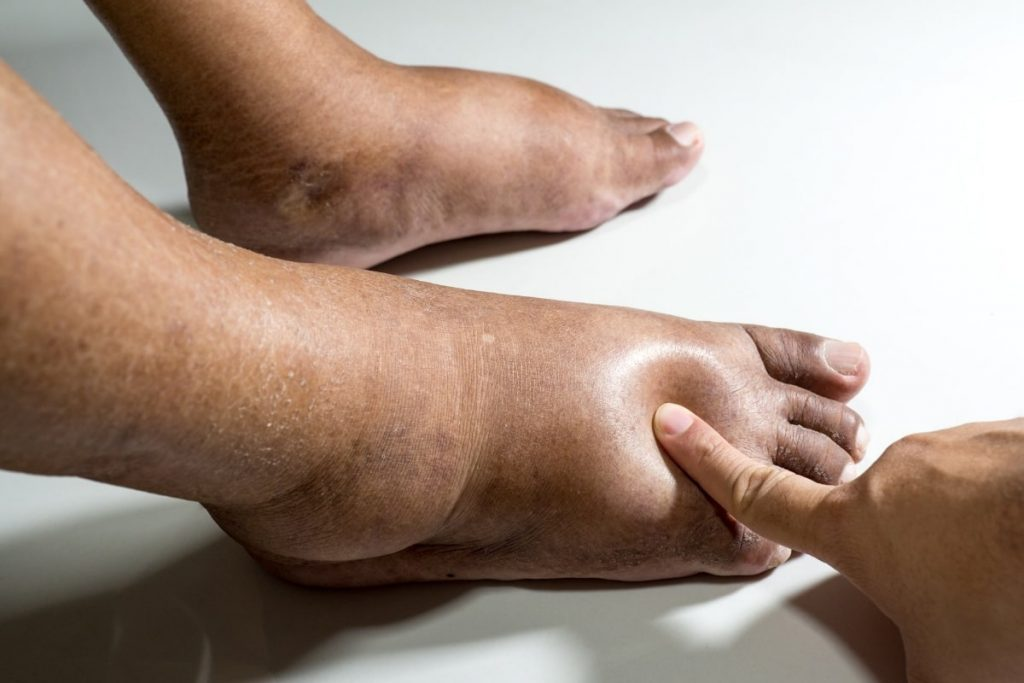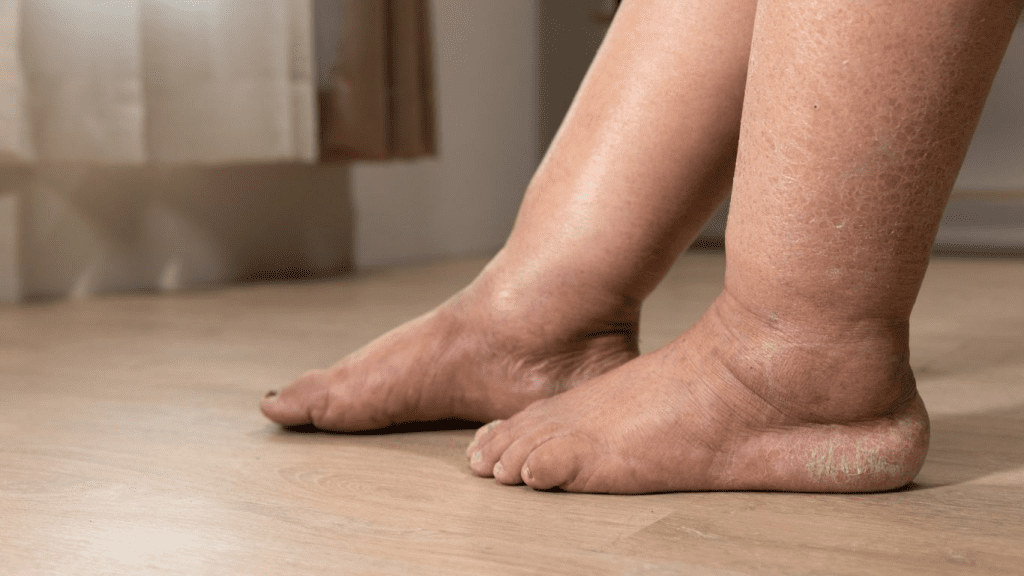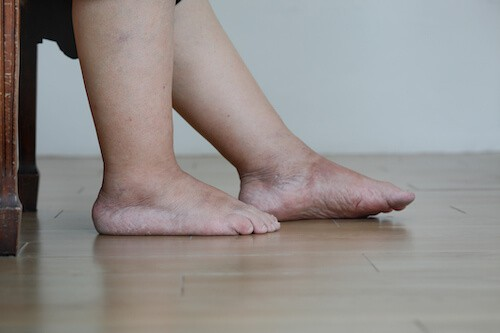Leg swelling, medically known as edema, can be puzzling and frustrating. It occurs when fluid accumulates in the tissues of your legs, causing them to appear puffy and feel heavy. While occasional swelling might seem harmless, it can sometimes indicate underlying health concerns. Could drinking water contribute to this? Let’s dive into the potential connections and what you can do to address leg swelling effectively.
Understanding the Link Between Water Intake and Leg Swelling

Drinking water is crucial for overall health—it keeps your body hydrated and supports numerous vital functions. However, excessive water intake can sometimes lead to fluid retention, particularly if your body’s ability to regulate fluids is compromised.
When the body retains too much fluid, it can collect in the legs due to gravity, leading to swelling. But don’t worry: for most healthy individuals, drinking water in moderation isn’t a direct cause of leg swelling. Usually, the problem arises when other underlying factors—like medical conditions, diet, or lifestyle—come into play.
Common Causes of Leg Swelling
Leg swelling can result from a variety of factors, ranging from everyday habits to serious health conditions. Here are some of the most common culprits:
- Prolonged Sitting or Standing: Staying in one position for too long can hinder proper blood circulation, causing fluid to pool in your legs.
- High Salt Intake: Consuming too much sodium can make your body retain water, leading to swelling.
- Hormonal Changes: Pregnancy, menstruation, or hormonal therapies can trigger fluid retention.
- Injuries or Trauma: A sprain, fracture, or infection can cause localized swelling.
- Medications: Drugs for high blood pressure, diabetes, or hormonal treatments often list swelling as a side effect.
- Medical Conditions That Can Cause Leg Swelling
Sometimes, leg swelling can signal a more serious health issue. Here are a few conditions to be aware of:
- Heart Failure: When the heart can’t pump blood efficiently, fluid can back up in the legs.
- Kidney Disease: Impaired kidney function can lead to fluid buildup in the body.
- Liver Disease: Liver conditions like cirrhosis can disrupt fluid regulation, causing edema.
- Chronic Venous Insufficiency: Poor blood flow in the veins of the legs can lead to swelling.
- Lymphedema: A damaged lymphatic system can result in persistent swelling.
- Deep Vein Thrombosis (DVT): A blood clot in the leg veins is a medical emergency that often causes sudden, severe swelling.
How Diet and Lifestyle Impact Leg Swelling
Your diet and daily habits play a big role in managing and preventing leg swelling. Here’s what to focus on:
- Reduce Sodium Intake: Too much salt in your diet can exacerbate water retention. Opt for fresh foods and minimize processed snacks.
- Stay Active: Regular exercise improves circulation and reduces the risk of fluid buildup. Activities like walking, swimming, or yoga are particularly beneficial.
- Elevate Your Legs: Elevating your legs above heart level for short periods throughout the day helps reduce swelling caused by poor circulation.
- Maintain a Healthy Weight: Excess weight can put extra pressure on your veins, increasing the likelihood of swelling.
When to Seek Medical Advice
Not all leg swelling is harmless. If you notice the following symptoms, it’s time to consult a healthcare professional:
- Sudden Onset: Swelling that appears rapidly can indicate a serious issue like DVT.
- Pain or Redness: These could signal infection or a blood clot.
- Warmth or Fever: Infections or inflammation in the legs often accompany these symptoms.
- Persistent Swelling: If the swelling doesn’t subside despite lifestyle changes, seek medical evaluation.
Diagnostic Tests for Leg Swelling

To determine the cause of leg swelling, your doctor may conduct various tests, such as:
- Blood Tests: These can reveal underlying kidney, liver, or heart issues.
- Urine Tests: They help assess kidney function.
- Imaging Studies: Ultrasound, CT scans, or MRIs can detect blood clots, vein problems, or other structural issues.
- Physical Examination: Your doctor will check for tenderness, discoloration, or warmth in the swollen area.
Treatment Options for Managing Leg Swelling
Treatment depends on the underlying cause of the swelling. Some common approaches include:
- Lifestyle Changes: Reducing salt intake, staying active, and wearing compression stockings can help in mild cases.
- Medications: Diuretics may be prescribed to remove excess fluid, while anticoagulants treat blood clots.
- Specialized Treatments: Conditions like chronic venous insufficiency or lymphedema may require specific therapies, such as manual lymphatic drainage or surgical interventions.
Preventive Measures to Keep Swelling at Bay

Preventing leg swelling is all about adopting healthy habits. Here’s what you can do:
- Hydrate Smartly: Drink water in moderation and avoid overhydration.
- Watch Your Salt: Stick to a low-sodium diet to minimize fluid retention.
- Stay Active: Avoid sitting or standing in one position for too long. Stretch and move around regularly.
- Wear Compression Garments: Compression stockings or socks can improve blood flow and prevent fluid buildup.
- Choose Supportive Footwear: Shoes that support your feet and ankles can reduce pressure and improve circulation.
Conclusion: Take Control of Leg Swelling
Leg swelling can be an uncomfortable and sometimes alarming condition, but understanding its causes and taking proactive steps can make a world of difference. Whether it’s tweaking your diet, staying active, or seeking medical advice for persistent symptoms, managing edema is within your reach. Remember, your body often gives you clues—listen to it, and don’t hesitate to seek help when needed. With the right approach, you can tackle leg swelling and keep moving forward comfortably!


